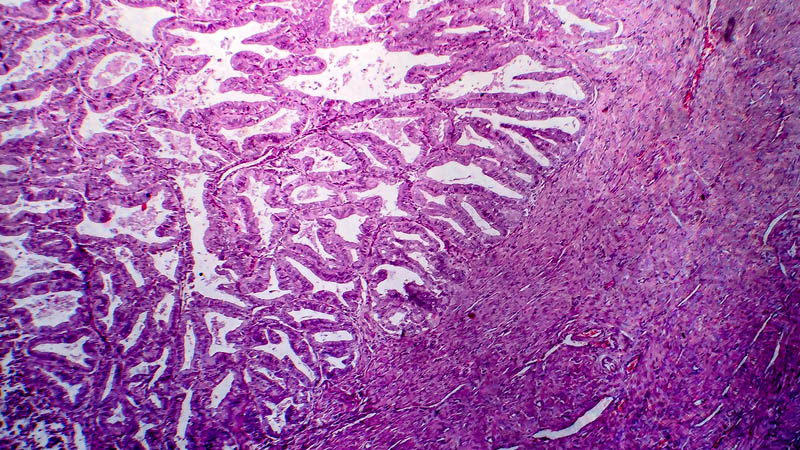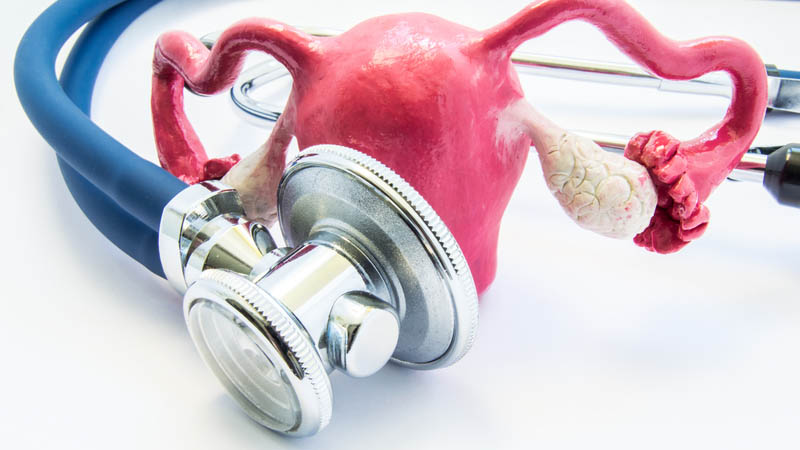A nalysis of B7H4 and HLA-G immunoreactivity within ovarian cancer relapse and its microenvironment according to the preceding applied chemotherapy
Paweł Basta1,2, Krystyna Gałązka2, Elżbieta Stasienko2, Magdalena Dutsch-Wicherek2, Łukasz Wicherek2
 Affiliacja i adres do korespondencji
Affiliacja i adres do korespondencjiIntroduction: We decided to examine the immunoreactivity of two antigens, B7H4 and HAL-G, within ovarian cancer cells and the macrophages that infiltrate the ovarian cancer microenvironment. It is well known that these two antigens are responsible for the inhibition of both cytotoxic T lymphocytes and NK cells. It has also been suggested that the response of the patient to applied therapy (surgery and chemotherapy) may be related to the status of the tumor microenvironment. Certainly, both B7H4 and HLA-G have been found in the ovarian cancer nest. Methods: We analyzed the immunoreactivity levels of both B7H4 and HLA-G on ovarian cancer cells with respect to the number of different chemotherapy regiments the patient underwent between the first- and second-line surgeries. Additionally, we detected the immunoreactivity of these two antigens on the macrophages present in the ovarian cancer microenvironment. The immunoreactivity analysis was performed on tissue samples derived from 17 patients. Result: In our study, we observed a statistically significantly higher amount of infiltration of B7H4-positive macrophages into the ovarian cancer relapse microenvironment in those patients who had had more than one type of chemotherapy regiment between surgical procedures compared to those who had had only one. Likewise, the HLA-G immunoreactivity level was higher in the first than in the second group. Conclusion: An immunosuppressive ovarian cancer relapse microenvironment, as indicated by the presence of suppressive macrophages, may be related to the need to supplement the primary chemotherapy.









